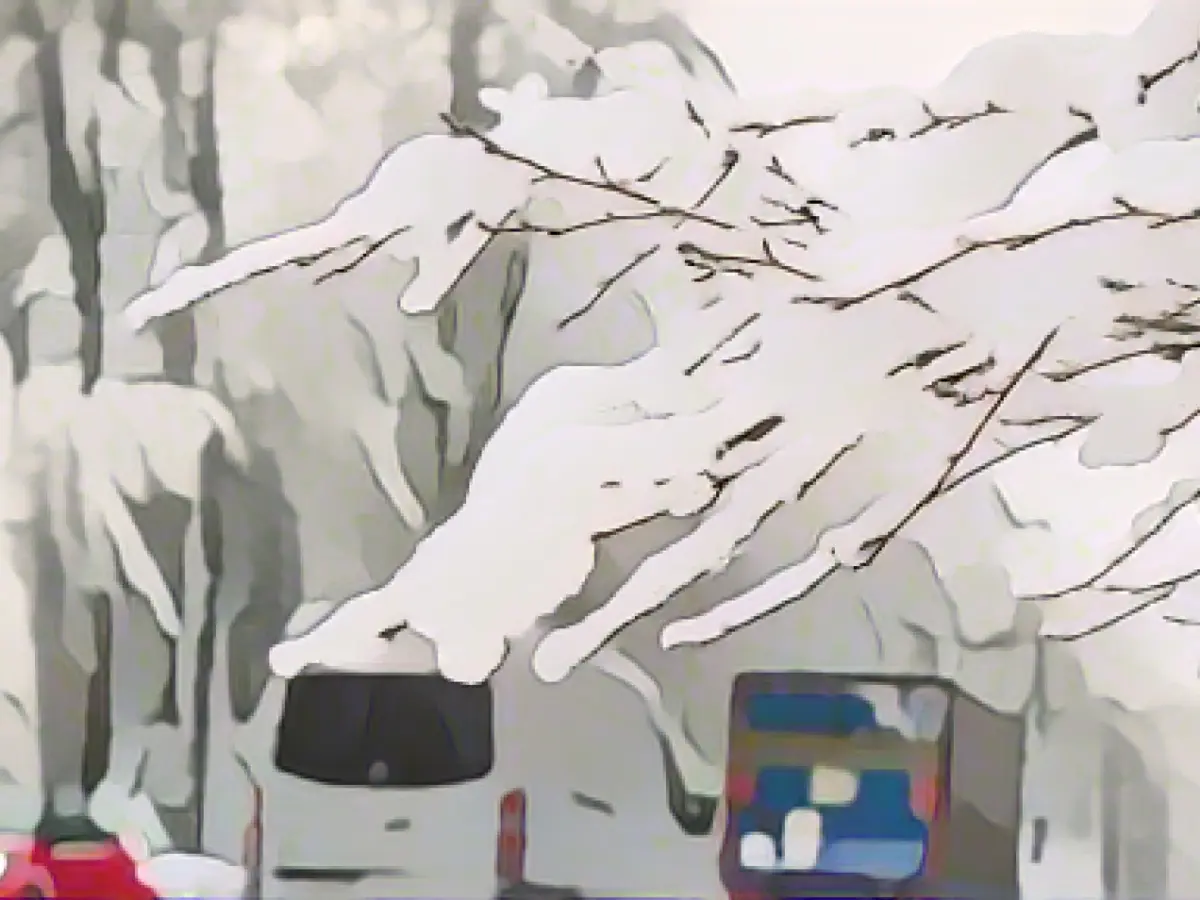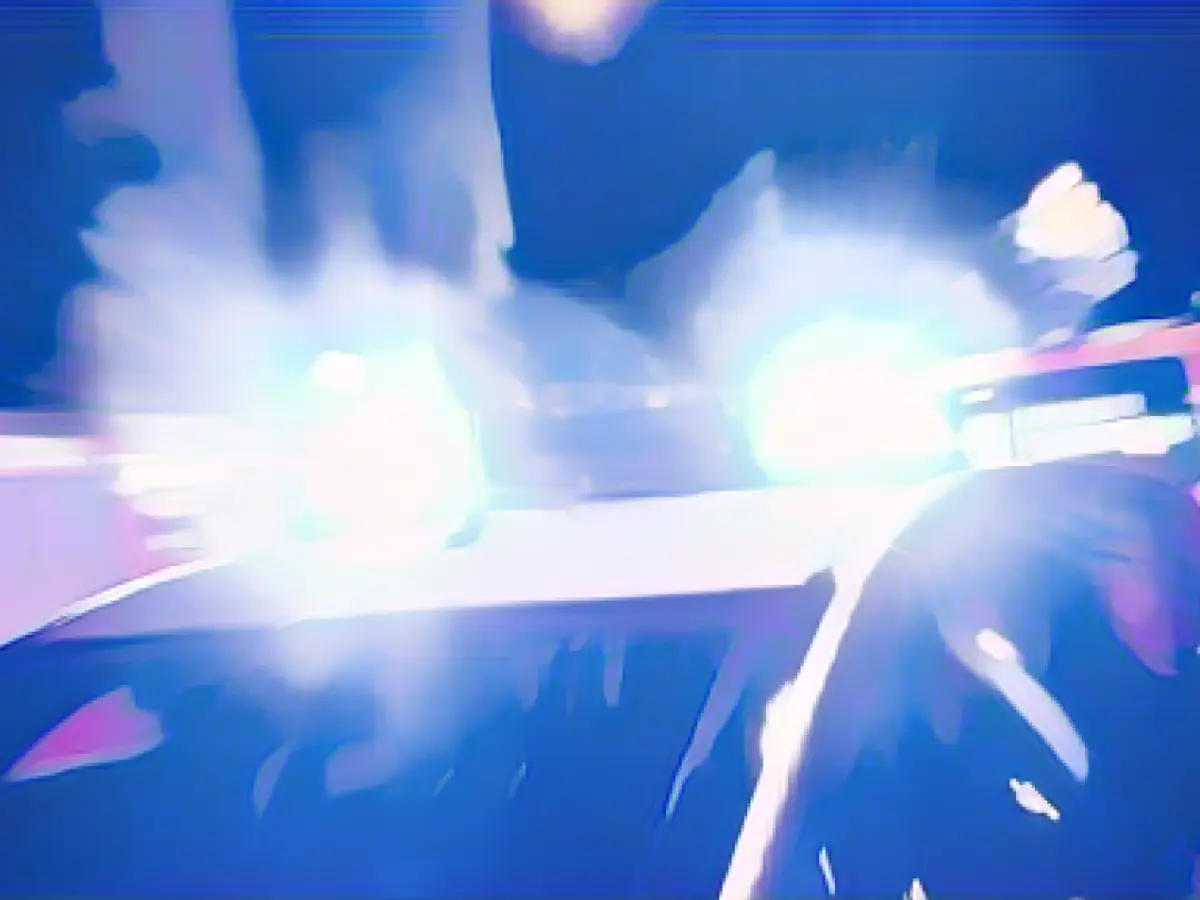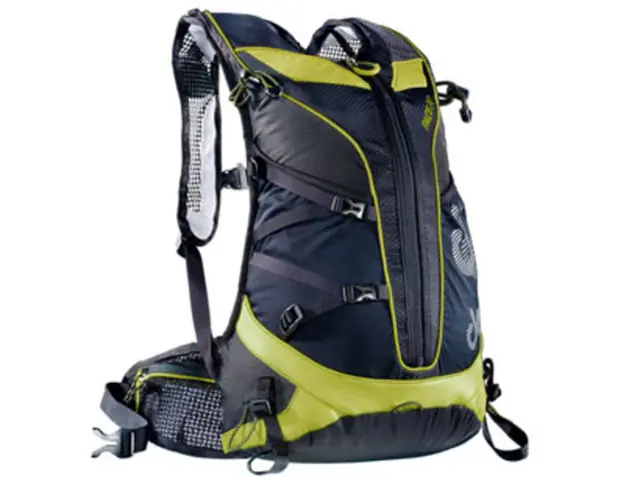Prepare for Treacherous Roads and Rail Disruptions in Baden-Württemberg
Get ready for slippery roads and potential railway issues in Baden-Württemberg, Germany, starting Monday evening and continuing into Tuesday night. According to the German Weather Service (DWD) in Stuttgart, expect rainfall in Northern Württemberg, which could lead to black ice, especially in the Odenwald and Pforzheim areas. Upon arrival of rain in frost, black ice becomes a serious concern.
While the situation improves in the Upper Rhine Graben, beware of black ice rain in the evening, particularly to the east of Odenwald and Pforzheim. The Hohenlohe plain might receive an astounding one liter of precipitation per hour, creating a one-millimeter thick layer of ice – posing significant challenges for drivers. Beware of freezing rain and black ice along the Bavarian border, as well as in Upper Swabia and the Alb, toward midnight.
Tuesday morning still holds the risk of freezing rain around Heidenheim and from Ulm to Lake Constance, consequently, drivers should tread with extra care in rush-hour traffic.
Though Tuesday afternoon is expected to bring milder temperature rises – up to two degrees in the Baar and almost nine degrees in the Rhine region – continue monitoring the weather due to potential snowfall in the Black Forest and rain in other locations.
Rail travel in Baden-Württemberg is also expected to face disruptions due to winter weather, making delays and train cancellations seemingly unavoidable up until midweek, as reported by Deutsche Bahn. Restrictions and cancellations persist in the southernmost areas of Baden-Württemberg.
Travel safely as you traverse the icy roads and railway system to find a smoother journey and prevent unfortunate accidents.
Avoid Accidents and Stay Safe
Stay alert during the winter weather and follow these tips to avoid accidents and travel safely:
- Clear snow and ice from your vehicle before going out, including your hood, windows, and all mirrors.
- Drive slowly and increase following distance, allowing extra time to reach your destination.
- Apply your brakes judiciously – suddenly stopping might cause skidding.
- Keep your vehicle's tires properly inflated and handle surfaces carefully – wear snow tires if appropriate.
- Practice snow-driving techniques, paying attention to steering, braking, and acceleration.
- Avoid using cruise control – it may engage when you need to decelerate on icy roads.
- Use designated snow routes or avoid traveling when necessary during extreme weather, especially in badly-affected areas.
- Regularly check your tire pressure and maintain windshield wiper fluid, defroster, and heater to ensure vehicle readiness during severe weather.
By following these instructions and keeping a keen eye on these winter challenges, you can keep your journey safe and enjoyable.








